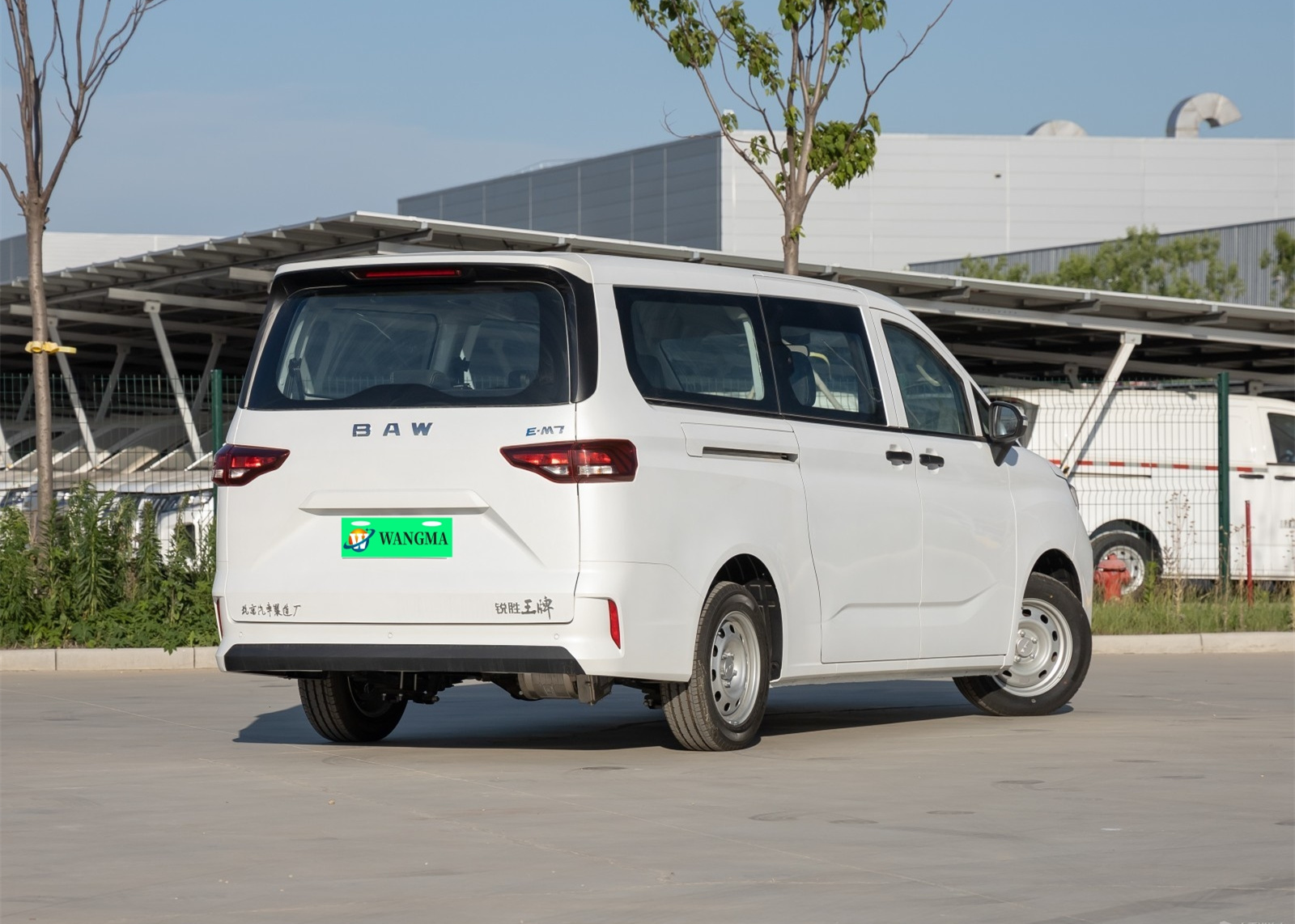
Th10 . 02, 2024 03:41 Back to list
Understanding Metal Roof Size Specifications from Manufacturing Factories for Optimal Installation
Understanding Metal Roof Sizes for Efficient Construction
Metal roofing has gained popularity in recent years due to its durability, longevity, and aesthetic appeal. As more property owners look to upgrade their roofs, understanding the sizes and specifications of metal roofing sheets becomes essential. In this article, we will delve into the various sizes of metal roof sheets, their manufacturing processes, and the impact these dimensions have on construction efficiency.
The Basics of Metal Roofing
Before we look into the sizes of metal roofing sheets, it’s important to understand what metal roofing is. Metal roofing can be made from various materials, including steel, aluminum, and copper. Each type offers distinct advantages, such as resistance to corrosion, lightweight properties, and sustainability. Metal roofs are often preferred for their ability to withstand harsh weather conditions, making them ideal for both residential and commercial buildings.
Common Sizes of Metal Roof Sheets
Metal roofing sheets are available in a variety of sizes, which can impact installation methods and overall project costs. The standard width of metal roof panels typically ranges from 26 inches to 36 inches, depending on the manufacturer. However, custom sizes are also available to accommodate specific design requirements.
The length of metal roofing sheets usually varies, often ranging from 8 feet to 40 feet. Many manufacturers offer customizable lengths, allowing contractors to order sheets that perfectly fit the dimensions of their projects. This customization minimizes waste and enhances efficiency during installation.
Types of Metal Roof Sheets
There are several types of metal roof sheets, each designed for specific applications. Here are a few common types
1. R-Panel This is a widely used panel type that is easy to install and is available in various lengths and colors. R-panels are known for their durability and are commonly used in commercial and industrial settings.
2. Standing Seam Known for its interlocking seams, standing seam roofing offers excellent water resistance and is aesthetically appealing. This type is often used in residential applications due to its sleek design.
metal roof sizes sheet factories

3. Corrugated Panels These panels feature a wave-like design and are typically made from galvanized steel or aluminum. Their corrugated structure provides strength and durability, making them a popular choice for agricultural buildings.
4. Tile-Style Tile-style metal roofs mimic the appearance of traditional tiles while providing the benefits of metal. They come in various sizes and offer versatility in design.
Manufacturing Process of Metal Roof Sheets
The production of metal roofing sheets involves several important steps to ensure quality and durability. The process typically begins with metal coils, which are cleaned and coated with protective layers to prevent corrosion. These coils are then fed into a roll-forming machine, where they are shaped into the desired profile.
Quality control is essential throughout the production process. Manufacturers conduct various tests, including strength tests and finishing examinations, to ensure that the sheets meet industry standards. Once the sheets are produced, they are cut to length and packaged for distribution.
The Impact of Proper Sizing on Construction
Selecting the right sizes of metal roofing sheets can significantly impact the efficiency of a construction project. Using sheets that fit the dimensions of the structure minimizes the risk of cutting and waste, which not only saves time but also reduces material costs.
Additionally, proper sizing can lead to improved aesthetics. When panels are cut to the appropriate lengths, they align seamlessly, creating a visually pleasing finish. This attention to detail can enhance the overall appeal of the building and contribute to its market value.
Conclusion
In summary, understanding the different sizes and types of metal roofing sheets is vital for anyone involved in construction or property renovation. By considering the various options available, property owners and contractors can make informed decisions that lead to successful projects. With the robustness and longevity that metal roofs provide, investing in the right roofing materials can yield significant benefits for years to come. As the demand for sustainable and durable building materials grows, metal roofing stands out as an excellent choice that combines functionality with aesthetics. Whether for a new construction project or a renovation, ensuring the correct sizing of metal roofing sheets is a step toward achieving an efficient and visually appealing outcome.
-
New Energy Vehicles with GPT-4 Turbo AI
NewsAug.02,2025
-
Premium 26 Gauge Galvanized Steel Coil Maker | Quality
NewsJul.31,2025
-
GPT-4 Turbo New Energy Vehicles: AI-Driven Efficiency & Smart Mobility
NewsJul.31,2025
-
Electric Vehicles for Sale: New Cars, Used Cars & NIO ES8 Offers
NewsJul.30,2025
-
BYD New Energy Vehicles: Innovative New Cars for a Greener Future
NewsJul.29,2025
-
New Energy Vehicle with High Cost Performance & Endurance
NewsJul.29,2025